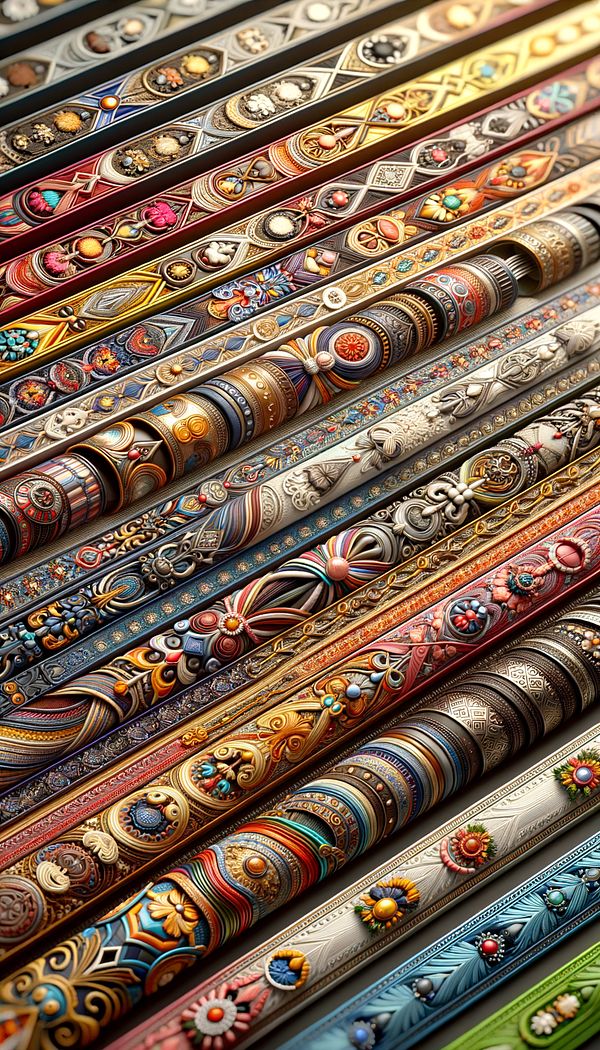What is Gimp?
Gimp is a decorative trim or braid
Description
In the world of interior design, gimp refers to a narrow, ornamental trim or braid often used to conceal seams and edges in upholstery and drapery projects. These trims can range in style from simple and unassuming to elaborate and intricate, making them a versatile element for a variety of design applications. Traditionally made from silk, wool, or cotton, modern gimps have expanded to include synthetic materials as well, offering a broader range of colors, textures, and price points.
Gimp trim is appreciated for its ability to add a polished, finished look to furniture, window treatments, and other interior textiles without being too obtrusive. It's a subtle nod to attention to detail, and when chosen wisely, can enhance the underlying design theme without overwhelming it. Beyond aesthetics, gimp can also play a practical role by covering staples or tacks in upholstery projects, contributing both to the item's longevity and its visual appeal.
Usage
Gimp is commonly applied along the edges of upholstered furniture like sofas and chairs, as a decorative detail on drapery, or to enhance accessories such as throw pillows and lampshades.
FAQs
-
Can gimp be used on all types of furniture?
Yes, gimp can be used on a wide variety of furniture styles, from traditional to contemporary, to add a finishing touch or detail.
-
Is gimp available in different materials?
Yes, gimp comes in a range of materials including silk, wool, cotton, and synthetic fibers, each offering different textures and appearances.
-
How do you attach gimp to a piece of furniture or drapery?
Gimp trim is typically attached using glue designed for fabric or by being hand-stitched into place, depending on the specific application and desired durability.
Practical Application
When choosing gimp for a project, consider both the aesthetic and functional aspects. Select a color and material that complements the piece it will be applied to, and ensure the method of attachment is suitable for the item’s use and maintenance. For a cohesive look, it's often recommended to match gimp trim with other decorative elements in the room, such as tassels, fringe, or piping.
-
Decorative Techniques322 articles
-
Fabrication & Craftsmanship133 articles
-
Materials & Textiles360 articles
-
Textiles & Upholstery252 articles
-
SilhouetteThe outline or general shape of an object.
-
Sleepy Hollow ChairA Sleepy Hollow chair is a distinct type of armchair known for its comfort and unique design.
-
SeersuckerSeersucker is a puckered, lightweight fabric commonly used in a variety of interior design applications.
-
GrassclothGrasscloth is a type of wallpaper made from natural woven fibers.
-
ColorwashingColorwashing is a decorative wall painting technique that creates a subtle blend of colors.
